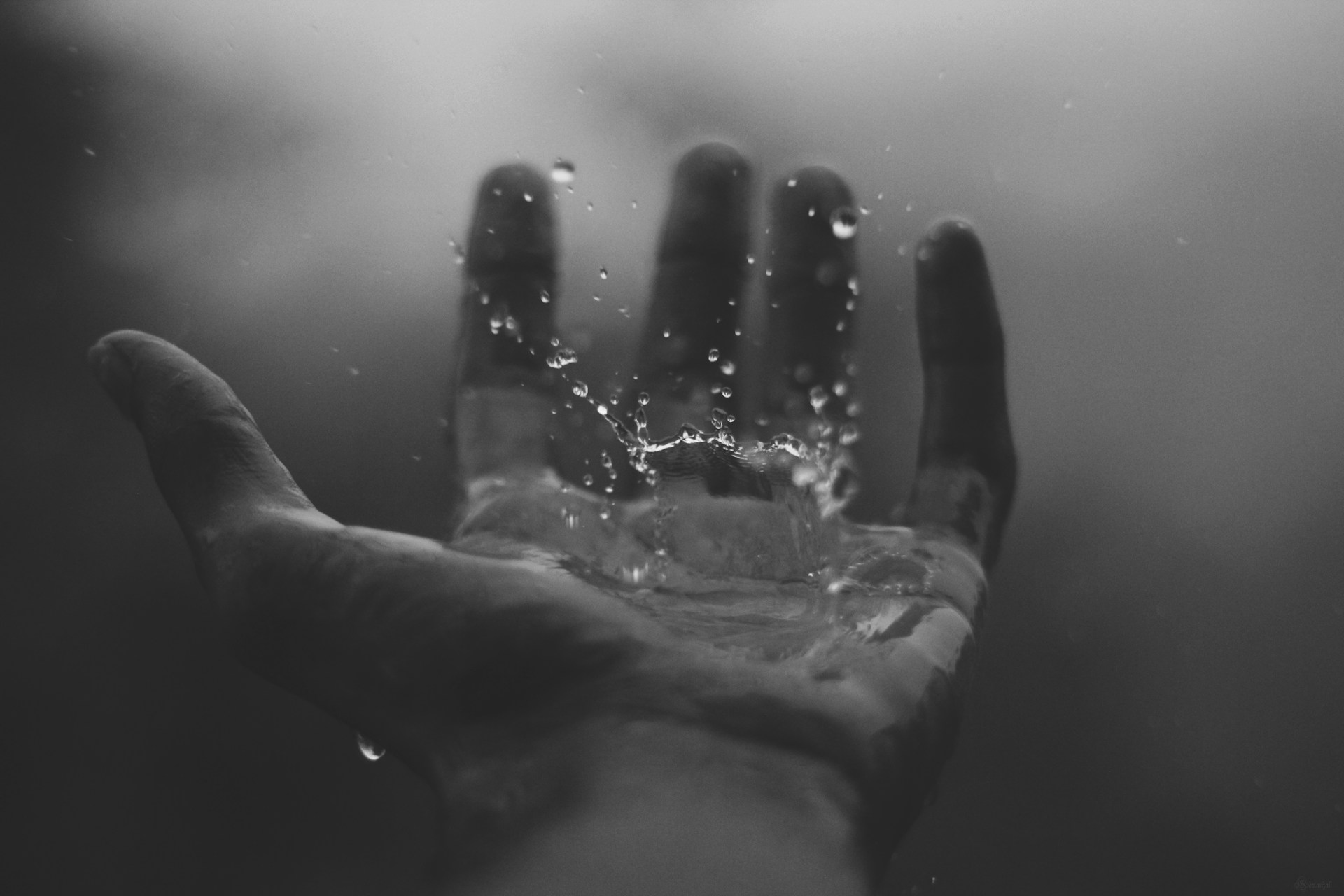All of the water that we using in our home comes from a freshwater source.
Whether it is a pipe from the local authority / Uisce Éireann, a group scheme or personal well, all of our household water is treated and or tested for potable use ie drinking and cooking.
The notable thing is we also use the same water source for flushing toilets, washing cars and watering gardens.
The CRU reported in 2019 that an average household in Ireland uses 125,000 litres (125 m3) of water each year, which is approximately 2,400 litres of water per week.
Naturally as our population grows and we increase demand for homes our need for freshwater exponentially rises and our constructed reservoirs and storage facilities come under stress.
The normal cycle is rain falls, collects on our roof, roads, paved areas, even dry landscaped areas and all flows to collective drain systems in the ground which route water to treatment plants, rivers and ultimately overflow to the sea.
As we increase the hard surface areas that would normally hold and store this water shorterm (attenuate) the flow increases and we risk flooding incidents downstream – we have witnessed a dramatic increase in flood events in Ireland in recent years because of this.
What can we do to reduce the risk flooding and water shortages?
By interupting the collation of rainfall in drains and streams we reduce the demand for bigger drains and lowe rflood risks. SuDS (Sustainable Drainage Systems) allows up to attenuate this water in temporary storage systems that release water slower placing less volume deman on resources.
Rainwater harvesting is an integral part of SuDS and is the process of collecting, storing, and using rainwater for various purposes.
We currently allow rainwater to flow off roofs, driveways, or other surfaces into drains or sewers. Using rainwater harvesting systems we capture and store it in tanks or reservoirs for later use.
This practice is an effective way to conserve water, reduce dependency on mains water supplies, and make use of a free and natural resource.
How It Works
- Collection: Rainwater is collected from rooftops or other surfaces using gutters and downpipes.
- Filtration: The collected water is filtered to remove debris, leaves, and other impurities.
- Storage: The water is stored in a tank, which can be above or below ground. Tanks vary in size, depending on the household’s needs.
- Usage: The stored water can be used for non-potable purposes such as:
- Outdoor use: Watering gardens, washing cars, or cleaning patios.
- Indoor use: Flushing toilets, doing laundry, or even drinking (if properly treated).
Types of Rainwater Harvesting Systems
There are many different types and sizes of systems for different outcomes. The ones that interest us mostly are integrated systems:
- Simple Systems: Use a basic setup of gutters, pipes, and a storage barrel or tank for garden watering.
- Integrated Systems: Include filtration, pumps, and plumbing to supply rainwater for indoor uses like toilets and washing machines.
The integrated system will be either direct or indirect. We find indirect systems are the easiest way to add rainwater harvesting to your existing house plumbing. The pump feed from your rain tank feeds your attic header tank which is already plumbed into the non potable taps.
Benefits of Rainwater Harvesting
- Water Conservation: Reduces demand on treated municipal water.
- Flood Mitigation: Captures rainwater that might otherwise contribute to urban flooding.
- Cost Savings: Reduces water bills, especially for high-consumption activities.
- Environmental Impact: Lowers energy use associated with water treatment and distribution.
Rainwater harvesting is a sustainable practice, especially beneficial in regions with regular rainfall, like Ireland, where it can provide a reliable alternative water source.
How can we help?
Naturally from a sustainability point of view we have an interest in these systems – we have no preferred manufacturer – and working with our clients we figure out the best way to integrate a system with their plumbing, even future proofing by prepping a renovation project for later integration.
We help source and guide the installation process ensuring that the property suits rainwater harvesting and that the system is adequate in terms of capacity and flow. Obviously planning the install and scheduling it in line with the other project tasks is key.
If you would like to learn more about rainwater harvesting and how it can save freshwater demand, help the environment and reduce local flooding, get in touch with us on Whatsapp or Message through our social channels.
Featured Photo by Geetanjal Khanna on Unsplash

